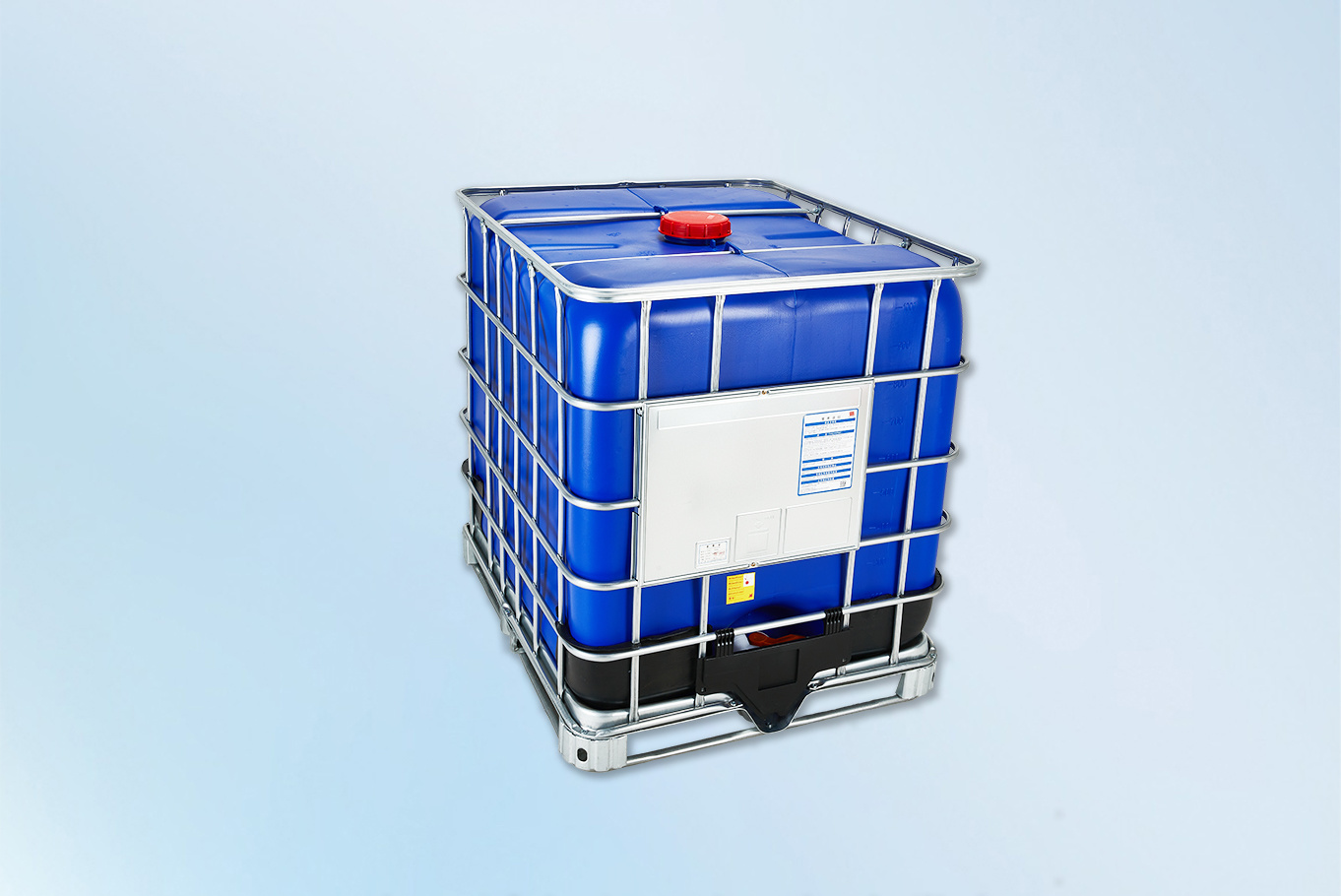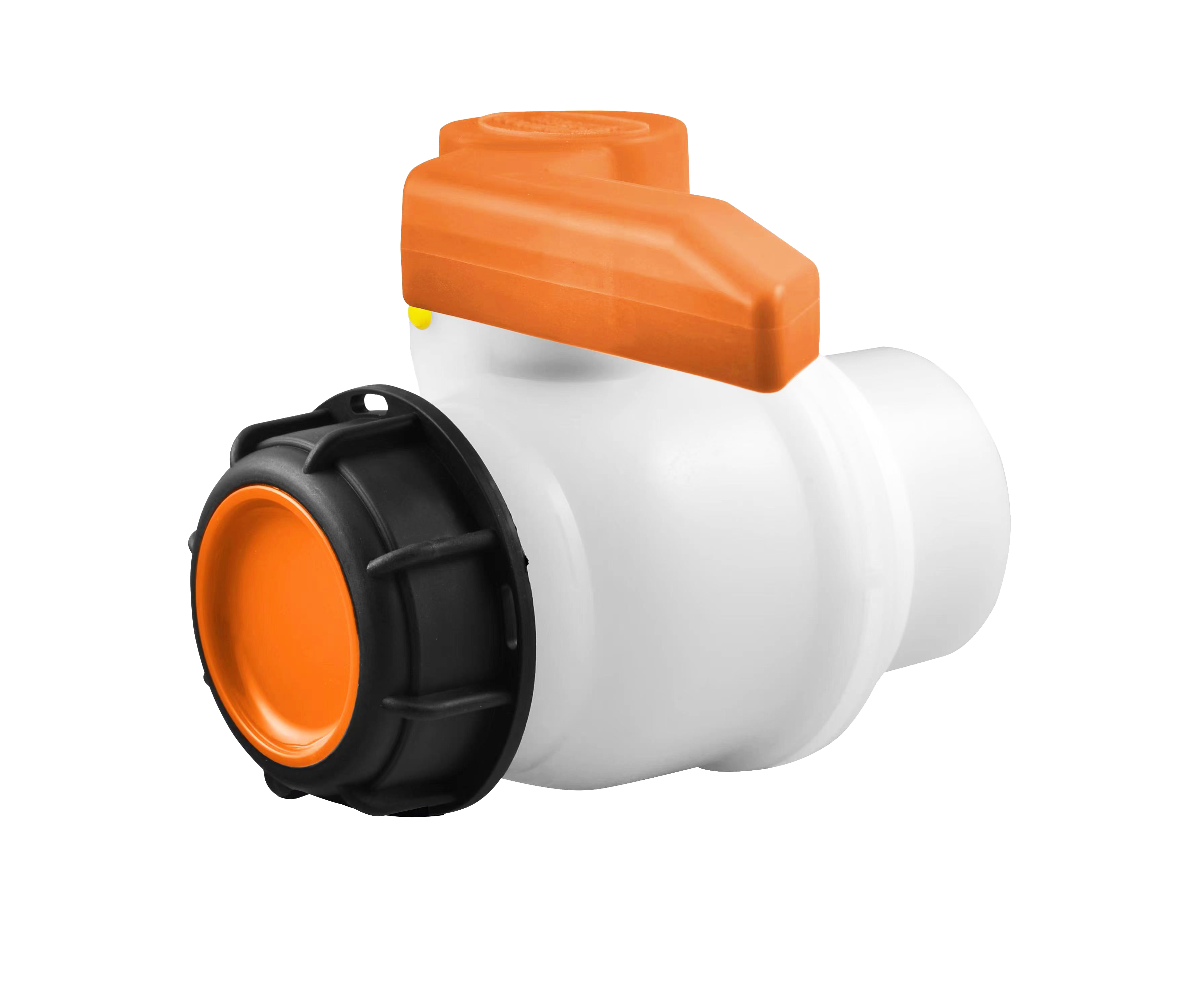29
2025
-
05
The Essential Guide to IBC Tote 275 Gallon Dimensions: What You Need to Know
The Essential Guide to IBC Tote 275 Gallon Dimensions: What You Need to Know
If you’re working with bulk liquids—whether chemicals, food ingredients, or water—chances are you’ve encountered IBC totes. Among these, the 275-gallon IBC tote is the industry’s gold standard. But why? Its popularity hinges on a perfect blend of standardized dimensions, durability, and logistical efficiency. In this guide, we’ll break down everything about the 275-gallon IBC tote’s dimensions, why they matter, and how to leverage them for your operations.

Why the 275-Gallon IBC Tote Dominates Industries
The 275-gallon (1,000-liter) IBC tote isn’t just a random size; it’s a meticulously engineered solution for bulk storage and transport. Here’s why it’s ubiquitous:
Cost Efficiency: Fewer containers mean lower shipping costs per unit volume.
Space Optimization: Uniform dimensions maximize container and warehouse space.
Versatility: Safely handles liquids from potable water to hazardous chemicals.
Manufacturers like Shijiheng design these totes to comply with standards , ensuring seamless integration into global supply chains.
Detailed Dimensions: Breaking Down the Numbers
The 275-gallon IBC tote’s dimensions are remarkably consistent across manufacturers, with minor variations in height or weight. Here’s the standard specification:
Dimension Type | Measurement | Notes |
Length | 1200 mm (47.2 inches) | Standardized for pallet compatibility |
Width | 1000 mm (39.4 inches) | Matches standard pallet width |
Height | 1150–1160 mm (45.3–45.7 inches) | Varies slightly by model |
Weight (Empty) | 57–68 kg (126–150 lbs) | Depends on cage material and design |
Capacity | 1000 L (275 gallons) | Actual filled volume: ~1050 L to prevent overflow |
Why These Dimensions Matter:
Container Optimization: Fits precisely 20 units in a 20’GP shipping container or 42 in a 40’GP container, minimizing wasted space.
Stackability: With reinforced steel cages, static stacking up to 4 layers is possible (for densities ≤1.4 g/cm³).
Compatibility: Forklift pockets (height: 90–100 mm) enable easy handling with standard equipment.
Anatomy of a 275-Gallon IBC Tote: Design Secrets
Every component is engineered for performance:
Inner Tank: Made of food-grade HDPE (e.g., Korea’s 4570UV resin), resistant to UV rays, corrosion, and temperatures from -30°C to 80°C (-22°F to 176°F).
Steel Cage: Galvanized square tubing (e.g., DC51D/53D steel) provides superior strength vs. round tubes. Corner protectors shield the tank.
Valves & Ports:
Filler cap: 150–160 mm diameter.
Discharge valve: DN50 (2-inch) ball or DN80 butterfly valve, often with EPDM/FPM gaskets for chemical resistance.

DN50 ball valve ↑↑↑
Pallet Base: Four-way entry design (forklift opening: 795 mm width) for stability and mobility.
Applications: Where 275-Gallon IBC Totes Shine
Chemicals: UN-certified models safely store acids, alkalis, and hazardous liquids (max density: 1.9 g/cm³).
Food & Water: FDA-compliant HDPE ensures safe storage for beverages, oils, and potable water.
Logistics: Stackable design cuts warehouse space by 25–35% vs. drums.
Key Advantages Over Alternatives
Eco-Friendly: Reusable up to 3 years, with replaceable parts reducing waste.
Safety First: Pressure-relief vents, leak-proof valves, and steel cages prevent spills.
Total Cost Savings: Longer lifespan and lower transport costs than 55-gallon drums.
Pro Tips for Sizing and Selection
Check Density Limits: Stacking height drops for denser liquids (e.g., 1 layer for >1.5 g/cm³ during transport).
Valve Customization: Opt for PP/ETFE valves for aggressive chemicals.
Certifications: Ensure UN/DOT compliance for hazardous materials or NSF for food applications.
Final Thoughts
The 275-gallon IBC tote’s dimensions (1200×1000×1145 mm) aren’t arbitrary—they’re a triumph of industrial design. By standardizing around these measurements, manufacturers achieve a sweet spot of efficiency, safety, and versatility. Whether you’re shipping globally or storing locally, understanding these specs ensures you’ll squeeze every drop of value from your IBC investment.
Fun fact: The 275-gallon size emerged as the ideal compromise between capacity and handling—large enough to reduce freight costs but compact enough for manual valve access!
275 gallon ibc tote,ibc tote 275 gallon dimensions,275 gallon ibc





